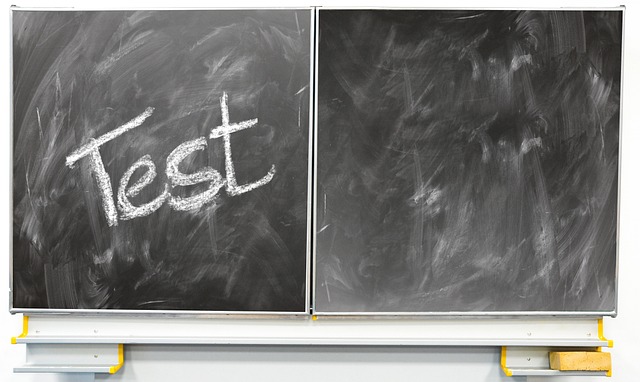The multiplication rule in probability is used to find the probability of the intersection of two or more independent events. In other words, it helps us calculate the probability of both event A and event B happening or the probability of multiple events occurring together.
For two independent events A and B, the multiplication rule states that:
P(A ∩ B)=P(A)⋅P(B)
Where:
P(A ∩ B) is the probability of both event A and event B occurring (the intersection of A and B).
P(A) is the probability of event A occurring.
P(B) is the probability of event B occurring.
The multiplication rule works under the assumption that events A and B are independent. Two events are considered independent if the occurrence of one event does not affect the occurrence of the other. Mathematically,
P(A ∩ B)=P(A)⋅P(B) holds true only when events A and B are independent.
We also Published
- Exploring the Cosmos: Astronomy and the Wonders of the Universe
As we stand on this tiny planet, gazing up at the cosmos, we are reminded of our profound connection to the universe - Genomics and Personalized Medicine: Empowering Healthcare with Genetic Insights
Introduction In a world that’s increasingly personalized, from curated news feeds to tailored advertisements, it’s no surprise that this trend has permeated healthcare. Genomics, the study of all of a person’s genes (the genome), is at the forefront of this shift, empowering a personalized approach to medicine. Here’s how genomics and personalized medicine are reshaping […] - Why should curd and sour substances not be kept in brass and copper vessels?
Curd and sour substances should not be kept in brass and copper vessels because these metals can react with acidic foods, leading to potential health hazards. The main concern is the leaching of toxic metals into the food or liquid being stored, which can contaminate the food and make it unsafe for consumption. Here are […]
The multiplication rule can be extended to more than two independent events. For three independent events A, B, and C:
P(A ∩ B ∩ C)=P(A)⋅P(B)⋅P(C)
And so on, for any number of independent events.
Keep in mind that if the events are not independent, the multiplication rule cannot be applied directly. In such cases, the joint probability
P(A ∩ B) must be calculated using the appropriate methods or additional information about the events’ relationships.
RESOURCES
\n- Probability Calculator \n
- Probability in Maths | Formula, Theorems, Definition, Types, Examples \n
- Reddit – Dive into anything \n
- Just a moment… \n
- Probability: the basics (article) | Khan Academy \n
- 3.2: Combining Probabilities with “And” and “Or” – Mathematics LibreTexts \n
- How To Calculate Probability – GCSE Maths – Steps and Examples \n
- Probability: what is, formula, types, theories, uses – Ferrovial \n
- Probability \n
- Probability and the probability scale – Probability – AQA – GCSE Maths Revision – AQA – BBC Bitesize \n








0 Comments